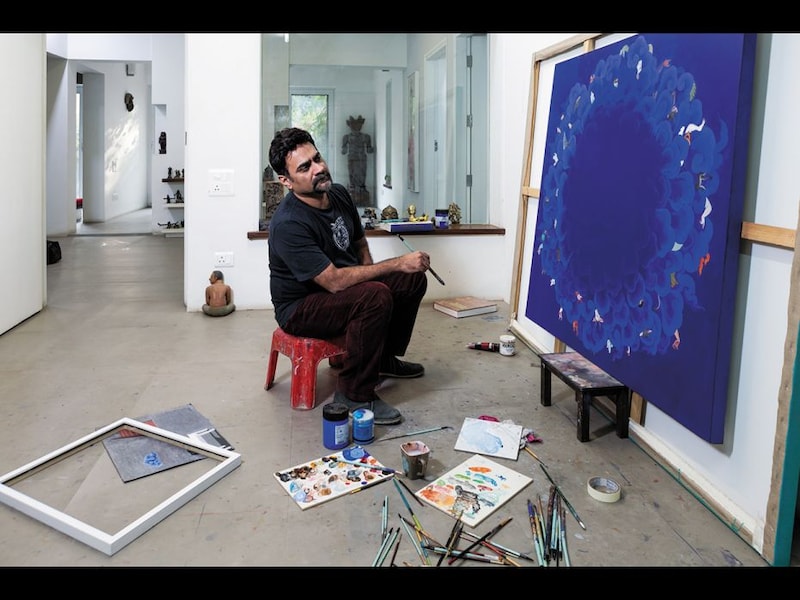The painting room: Where artworks are created
The studio is a curious shape-shifting space, changing from artist to artist
By Forbes India
Mar 17, 2017, 10:18 IST1 min

Image by Madhu Kapparath
2/3
Image by Madhu Kapparath
3/3
Image by Harsha Vadlamani for ForbesLife India
Photogallery
- Home /
- Photogallery /
- Slideshow /
- The-painting-room-where-artworks-are-created
Advertisement
Advertisement